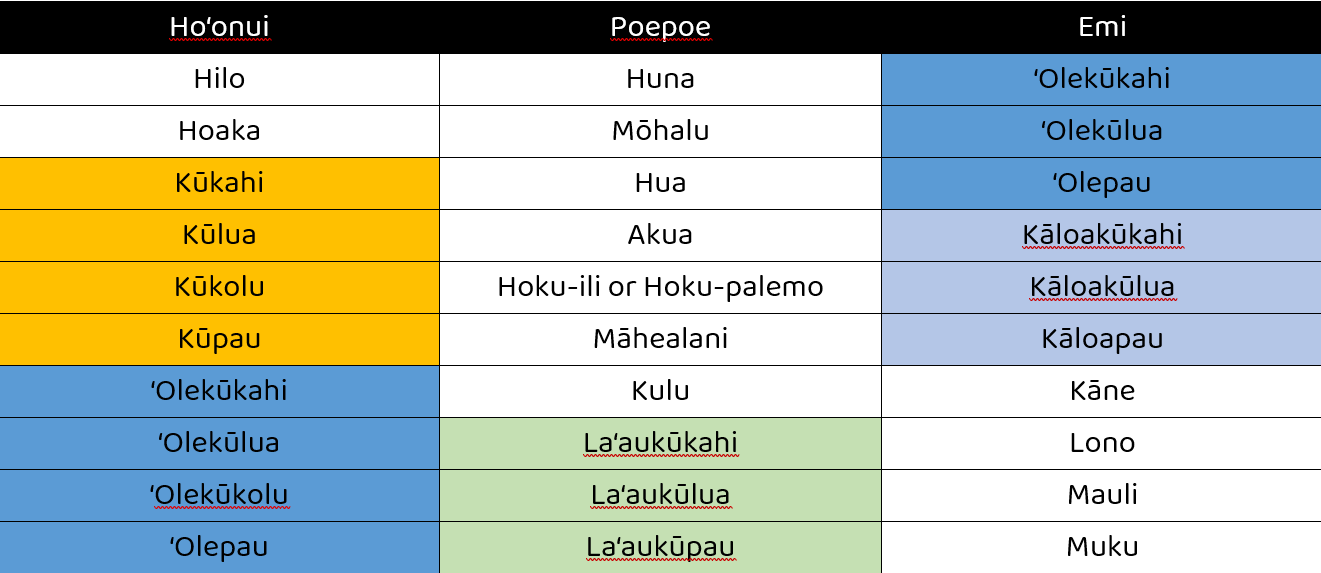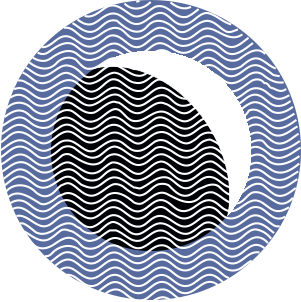Other Articles In This Series
-
Wā: Hawaiian Timekeeping Traditions
-
Pō: A day in Hawaiian time.
-
Setting your Hawaiian Clock.
-
Helu Pō vs. Pō Mahina: Counting the days.
-
Nā Manawa o Ka Makahiki: The seasons of a year.
-
Helu Mahina: The months of a year.
-
Nā Kini Hōkū a Kāne: The innumerable stars of Kāne.
-
Setting your Hawaiian Calendar
Hua ‘Ōlelo Hou
Ka Helu Pō

Nā Pō Mahina
Activities

